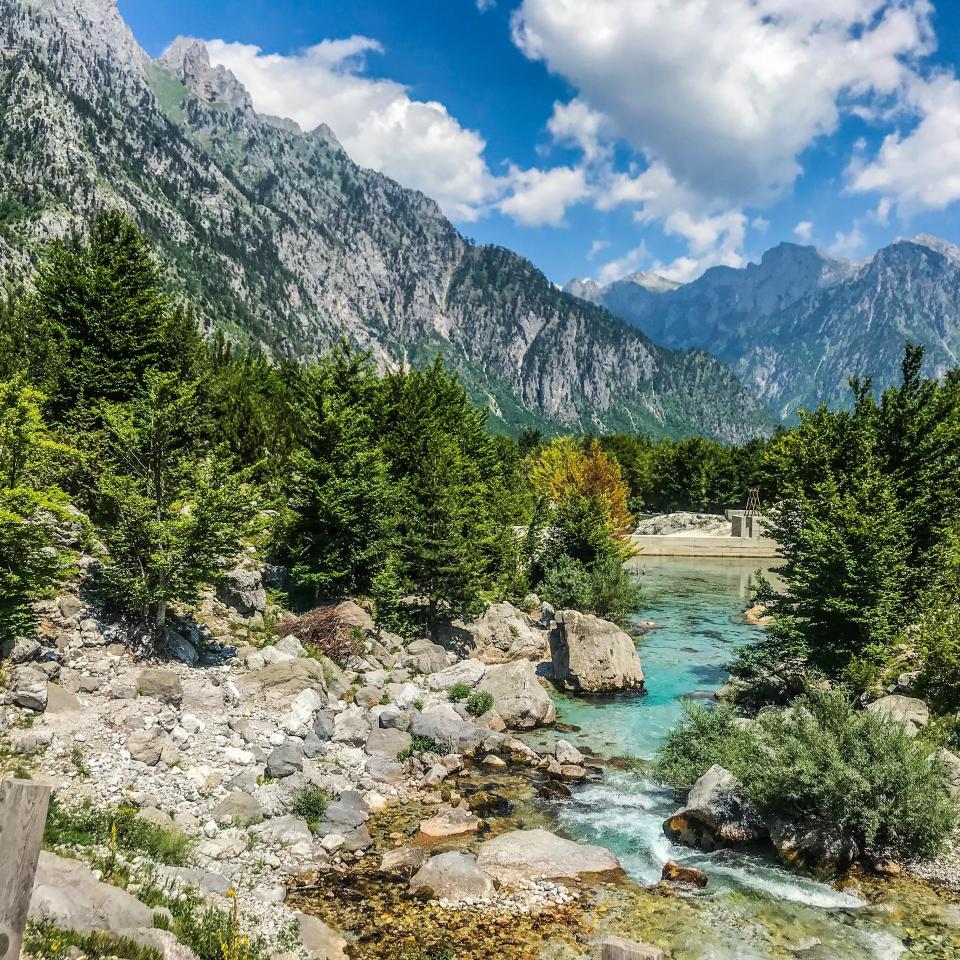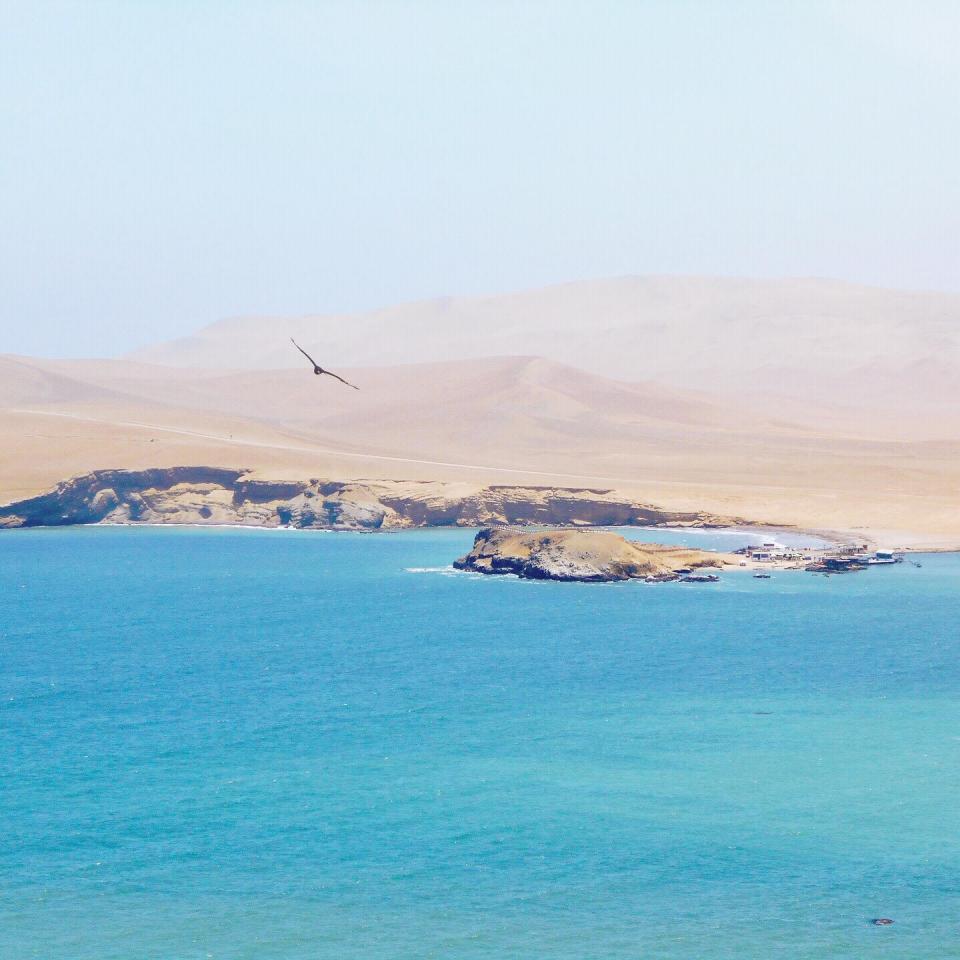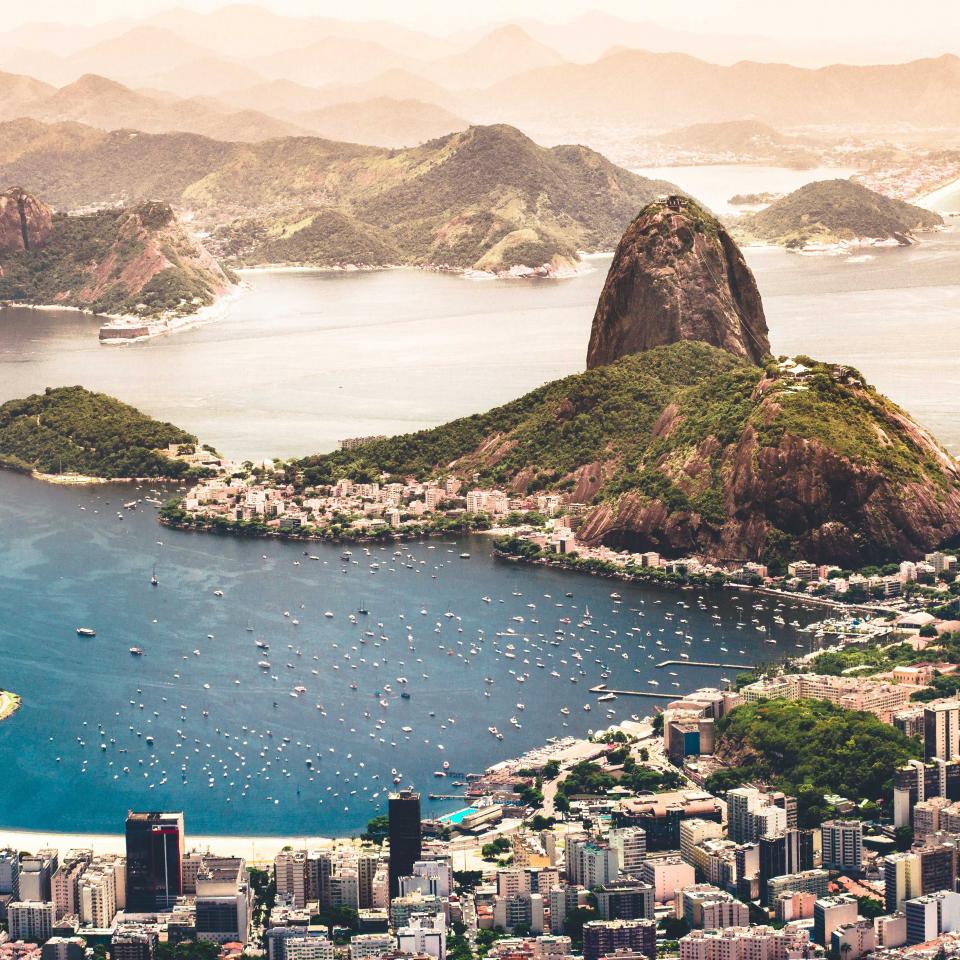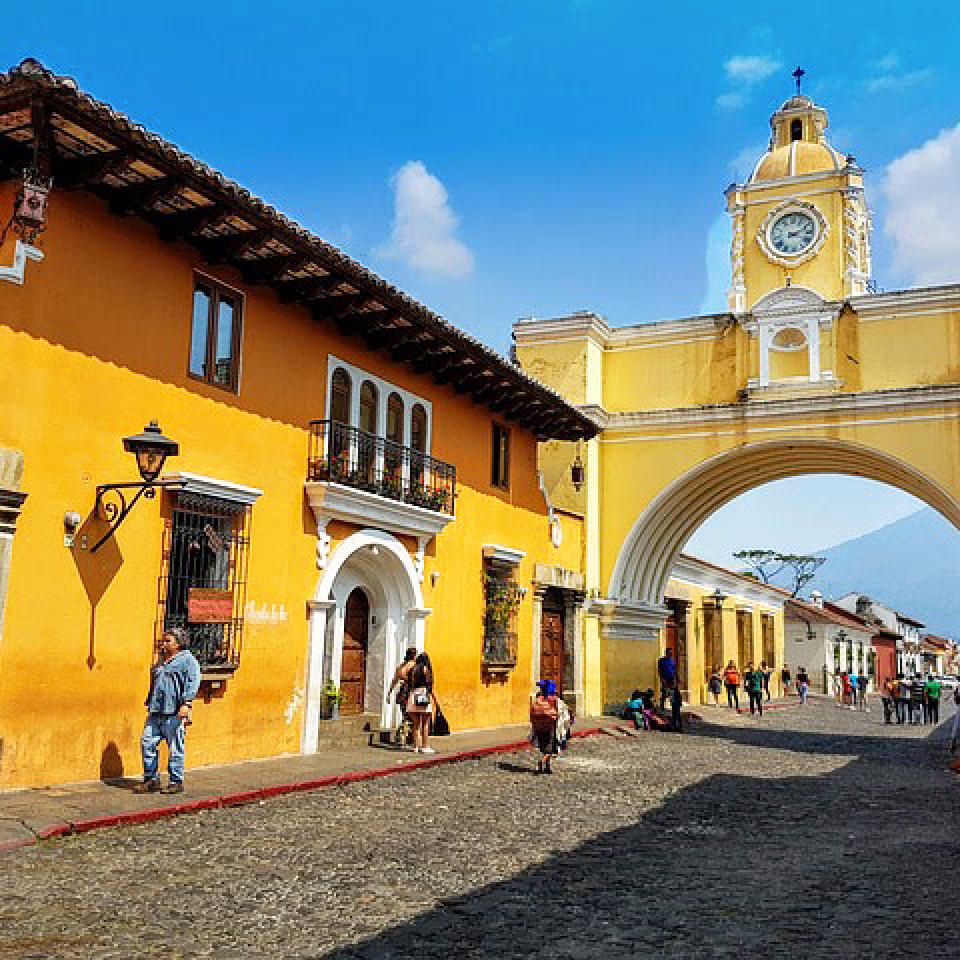When offered a two month sabbatical from work, my husband and I jumped at the chance to head off exploring. Our trip started straight after Christmas, so what better way, we thought, than to kick it off with a spot of long-distance skiing and exploration of the many wonders of Japan.
Below is our itinerary for 2 weeks in Japan, starting and finishing in Japan's bustling capital city, Tokyo.
Tokyo -> Niseko -> Kyoto -> Nara -> Koyasan -> Hakone -> Tokyo
After flying into Tokyo, our first stop was Niseko, where we arrived to the famous Hokkaido weather; enormous snow drifts validating why we had come. Our base was My Ecolodge; an affordable option a short bus ride from the slopes (included in the lift pass), which also specialises in ‘Edu-Vacations’ outside of the winter months.
If you’ve wondered whether it would be worth the journey to ski in Japan - go! The snow is incredible, light, fine, dry and arrives in droves. We were told that it’s all due to the weather system - volcanic Hokkaido is the first land mass that the Siberian winds hit as they come down from the north; having absorbed moisture from the sea along the way. Runs are graded as green, red or black and on the whole are slightly gentler (and significantly quieter) than their Alpine equivalent. Highlights for us were 'Stairway to Heaven', 'Snorkel' and 'Namara'.
Views are unforgettable; and a stark contrast to Europe. You’re rewarded with expansive views across a snow-covered landscape, with a local volcano (Mt Yotei) rising dramatically ahead of you. For a pit-stop, Katsu curry after a morning carving up the slopes is a pleasure in itself.
We were lucky enough to be there for New Year’s Eve, which meant night skiing on flood-lit slopes, a torch-lit descent, and sampling the first cask of sake (rice wine) and toshikoshi soba noodles - traditions to welcome in the new year.
It’s said that Japan has more hot springs than anywhere else on earth, and these thermal spas make up an ancient tradition, synonymous with Japanese culture. Using the geothermal heat from the land, the waters reach over 40 degrees, and the experience is highly restorative. Generally onsen are single sex with compulsory nudity, and a row of stools to thoroughly wash at before you enter. There was definite uncertainty at first, not knowing the etiquette, but once in it’s incredibly peaceful and meditative.
From Niseko we flew back to Honshu, starting our sightseeing in Kyoto, and with a stay in a capsule hotel (The Prime Pod, sadly now closed, but there are many others to choose from). Capsule hotels launched in Osaka in the 70s to cater to businessmen, and while the concept isn’t much more than segregated dorm rooms, the added divides mean that they are enormously peaceful, quiet and private. I’d struggled with the 9 hour jet lag since arriving and this was the best night’s sleep I had!
Sightseeing started off with a visit to Kiyomizu-dera, a Buddhist temple built in 778 overlooking Kyoto, and a UNESCO world heritage site, its name meaning ‘pure water’. It was the last day of Japanese New Year and many visitors were receiving their fortunes for the year ahead. The buildings are impressive, set in beautiful grounds for wandering. From here we moved on to walk down Ishibei-koji (stopping for the most delicious steamed buns I’ve ever sampled) and through Gion, filled with attractive, traditional wooden buildings.
Day two was spent in Arashiyama, home to the much-photographed and breathtaking Bamboo Grove. The grove has a real otherworldliness to it, as endless bamboo stalks soar above you, bathing the surroundings in an ethereal green/grey light. Next to the Bamboo Grove is the garden of Okochi Sanso, a quiet and immersive garden with views across Kyoto.
Our final sight in Kyoto was Fushimi-Inari Taisha, a pilgrimage loop on a mountain shrine in southeast Kyoto. Inari is the Shinto god of rice, traditionally worshipped as the patron of business. The shrine is made up of thousands of persimmon shrine gates, with stone foxes scattered across the mountain, the ‘messenger’ of Inari.
From Kyoto we picked up a hire car to explore Nara and Koyasan. Nara is centred around a main park, and was the capital of Japan from 710 to 784. On arrival we wandered straight up to the park to meet the world’s friendliest deer. The deer have 'national treasure' status in Nara, seen as protectors of the city and the country. You can buy ‘deer biscuits’ for ¥150, which we couldn’t resist, and they were particularly friendly from this point!
The park itself is very pretty and would be stunning in the spring. In the middle is Todai-ji, a UNESCO temple complex with the Great Buddha Hall, housing an enormous bronze and gold Buddha statue known as Daibutsu. The statue is beautifully designed and enormous, at almost 15m tall, with nostrils 50cm wide!
We were pretty awe-struck by it all.
From Nara we journeyed on to Koyasan. Mount Koya is another UNESCO site and was established as a Buddhist mountain retreat in 819 AD by Kobo Daishi, a Buddhist monk and the founder of Shingon Buddhism. Legend has it that Kobo Daishi never died, but instead is meditating in Okunoin temple at the top of Mount Koya, awaiting the appearance of Maitreya, the Buddha of the future. It was beautiful, spiritual and so atmospheric, and with snow on the ground we had a very tranquil walk among the shrines.
Guests are welcomed overnight at the Buddhist temples to experience of the traditional lifestyle of Buddhist monks and the history of Koyasan, and we stayed at Jokiin temple. The temple offered simple Japanese living, with tatami floors and sliding doors (fusuma). Dinner, too, is traditional, served by two of the monks and an extensive vegan affair, laid out on the tatami floor mats in our room.
At 6am, we were up for a ceremony with the Jokiin monks, at which we were invited to make a wish, and taught the traditional way, which is to bring incense to your forehead before sprinkling it on a burning ember three times.
Our next stop was Hakone, and it was the Shinkansen (bullet train) to get there - an enormous contrast with Jokiin, and representative of the two extremes of the country. The train was superfast and incredibly smooth; a feat of engineering, and before we knew it we were boarding the bus to Hakone.
Our base here was the Mount View Hakone, a traditional ryokan hotel, with tatami matting, screen doors and a low table set up with green tea on arrival. Local ryokans are plentiful in Japan, and provide a long-established experience of a Japanese inn, whilst also enabling you to support smaller hotels and businesses. The evening consisted of a dinner of ‘kaiseki’; little dishes of tofu, sushi, ramen, and numerous Japanese delicacies, following by a private onsen. This was a real highlight, two private copper tubs will 40-44 degree water, looking out over a bamboo forest in the pouring rain. Highly romantic and relaxing.
Hakone’s two main draws are the outstanding views of Mt Fuji, and the ‘Hakone Loop’; five different types of transport (bus, boat, funicular, cable car and switchback train). If you arrive in Hakone via public transport it’s worth buying a ‘Hakone Loop’ ticket, which covers your journey from Odawara and back.
Our views of Mt Fuji were spectacular, first on the cable car, and again by Lake Hakone where we spotted the majestic mountain in the distance.
Finally, we reached Tokyo. We absolutely loved the city. We based ourselves in Shinjuku, and were lucky to get clear blue skies throughout. Our first day was spent in Harajuku, full of contrasts; the Meiji-jingu Shinto shrine with a huge cyprus tree gate and painted sake barrels, followed by Takeshita-dori
a loud, colourful, crazily packed little street in the ‘teen’ area of Tokyo.
It was then down to the world-famous Shibuya Crossing, a classic Tokyo scene. Here, up to 1,000 people cross in one go, in what is called 'the scramble', illuminated by hundreds of neon billboards. The road and transport systems may appear intimidating in Japan, but once you’ve got the hang of the bus and underground maps, it’s actually very straightforward. We managed purely on public transport (and on foot) in every city we stayed in.
Enjoying the lights and futuristic side of the city, we elected to explore Japan’s teenage photo booth craze, heading into Purikura no Mecca. Like an early incarnation of Snapchat, it was hilarious, confusing, and definitely an experience! The whole thing was done under pressure with countdown timers - with suggestions of how to pose, plus edits you can make to the pictures - doe eyes, love hearts, whiskers etc.
Later we went out for drinks in the Golden Gai area of Tokyo, again a huge contrast. Golden Gai started as a black market area post WW2, a network of alleyways and narrow multi-storey bars, where each floor might seat a maximum of four at a squeeze. Our favourite here was Albatross, and we caught up with friends, exchanging tales of our trips.
The next day we were signed up to a cooking class at 'Cooking Sun' cookery school. We love learning about local cuisine and what goes into it when on holiday, and this was no exception. Today it was ‘kaiseki’ on the agenda, and we learnt our way through seven different dishes with our delightful tutor, Aya. The dishes were varied and delicious, starting with a 'dashi' fish stock that formed the base of much of the meal, then proceeding on to make a carrot, lotus root, burdock root and sesame salad, and our highlight, the Wagyu beef course. Nothing whatsoever went to waste, and we learned just how many different flavours can be made through a different combination of soy sauce, sake, mirin and sesame oil.
Rounding off the day was another stalwart of contemporary Japanese culture... karaoke! In a private room we sang our hearts out to Abba, Queen, Taylor Swift and more before rounding the night off with much needed late night noodles.
Our final stop was Senso-ji, the most visited temple in Tokyo. Finally it was our turn to receive our fortunes, as Senso-ji provides an English translation. It’s an experience in itself, with a canister of sticks that each relate to drawers with stacks of fortunes. Reading them, we could look forward to good health, a happy home and exciting travels.
Finally, we headed up to the Tokyo Sky Tree to watch the sunset from 350m up over our last night in the city. Glorious.
Anna






